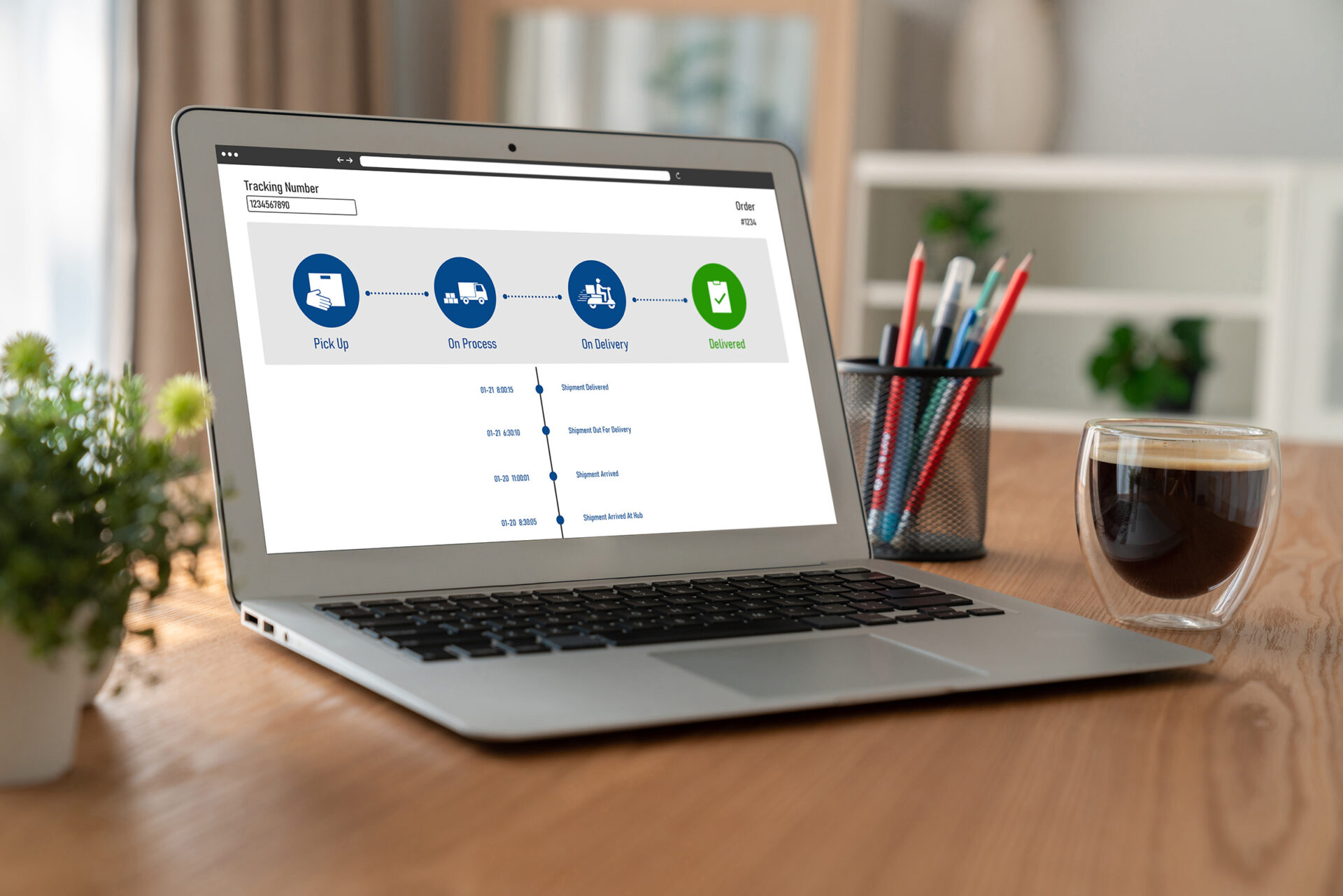Whether your business sells online, in-store, or both, the difference between getting your shipping right or wrong is either earning or losing money. Getting shipping right is a two-fold concern. Calibrating the right shipping costs for your customers to avoid cart abandonment while also making sure you can fulfil your delivery promise for the lowest cost, both financially and in terms of efficiency.
Shipping and Fulfilment Strategy is the Foundation of Ecommerce
Your products and services might be the best, your website a shining example of UX design, and your marketing campaigns knocking it out of the part with a heap of reach and engagement – but if your customer purchases arrive late, damaged, or overpriced, your reputation crumbles. Shipping isn’t just a financial and operational consideration; it’s an integral part of your customer’s experience. It impacts conversion rates, cart abandonment, and, ultimately, your bottom line. Having the right shipping strategy ensures that your products reach your customers in a manner that delights, reinforcing the trust that’s at the heart of any successful business.
Weighing the Options: Shipping in the Ecommerce World
Ecommerce platforms, including WooCommerce and Shopify, offer a range of shipping options. Both allow you to consider options such as flat fee delivery zones or integrating with your preferred courier services. However, before you select one of the default options, it is important to understand the kind of products you are offering, the preferences of your target market, and the operational capacities of your business.
One of the most common causes of cart abandonment is the addition of shipping costs; however, shipping costs exist and need to be covered. The shipping options offered by WooCommerce out of the box are:
Free Shipping: can be used as a promotional opportunity, and you have enough margin in the sale to cover it; otherwise, you need to have strong up-sells and use Free Shipping as a loss leader.
Fixed Flat rate: you can set up delivery zones on a postcode, state, and country basis. You will need to have a good idea what the cost of your delivery costs on average both domestically and internationally if you ship overseas. Australia is a big country, so setting up state-based zones, whilst relatively easier, is a win-some/lose-some exercise.
If you want to have Delivery zones within states, it can be complicated, as you have to use post-codes. For example, if you are a store in Newcastle and are happy to deliver to Raymond Terrace for $10 but want to charge $15 to deliver to Karuah, you will be prevented by the fact that they have the same postcode and can’t be split by shipping zones. It helps to consult a map and have a postcode guide handy.
Flat rate works best if there is a bit of margin in the sale to take-up losses and gains on the balance of sales across your delivery area, so consider what your average shipping cost is, and go with that.
Lock Pickup: there is the option to have a click and collect method if your market is local.
Physical Products: Choosing the Right Carriers for Your Business
Other providers like Australia Post, TNT, and FastWay offer rate calculators that seamlessly blend into your checkout process, but these can be complex to set up for businesses with a diverse product range.
Another thing to watch out for is using a “shipping broker”. Shipping plugins such as BigPost will find the best shipping price for the other among the providers it has access to. This is great for the consumer. However, there are two downfalls. One, it takes longer to process during the checkout experience and needs a few more user inputs before adding the cost to the checkout; this increases the time it takes to finalise the sale. The other is that because the cost isn’t consistent, inbound marketing applications such as Google Merchant reject products that do not match your account settings. The options for carrier-based shipping in Google Merchant Ads are Australia Post, TNT, and Toll, so in short, unless you use one of these or your shipping calculator matches your selection’s costs, you will have trouble with Google Merchant Ads.
Order Tracking
Regardless of how you ship, using order tracking is essential. It can lead to increased customer satisfaction and loyalty, reduce customer support costs, and increase operational efficiency. It also gives the professional impression of your business it deserves. In regards to WooCommerce, there is a very good integration that works seamless with your order processing workflow that sends a shipping tracking link to your courier’s platform with each order complete email to your customer.
Shipping for Digital Products
What if your wares aren’t bound by physical form? Digital products present a unique opportunity to dodge the logistical intricacies of traditional shipping. Subscription services, software downloads, and online courses are services where instant gratification is the norm. However, customer expectations for service are high. Your delivery and fulfilment methods must be fast and secure, and these are non-negotiable.
Considerations for Service-Based Business Owners
The ecommerce world isn’t just about shipping products; it also caters to service-based businesses. From online consultations to booking systems for hair salons, your ecommerce site can be the hub that streamlines your service delivery. Custom development allows you to offer innovative features such as detailed scheduling, service subscription management, and product customisation tools.
Tailoring Fulfilment to Your Business
The beauty of WooCommerce isn’t just its out-of-the-box features but its capacity to tailor the shopping and fulfilment experience according to your business needs. By leveraging its customisable tools, you can set unique order cut-off times, designate specific days for delivery or pick-up, and even regulate the quantity of products available during certain time blocks to manage capacity efficiently.
Let’s Ship
As you journey through the complexities of ecommerce shipping and fulfilment, remember to keep the customer at the centre of your strategy. Regularly review and adjust your shipping options to meet market demands, and never underestimate the power of a seamless delivery experience in ensuring customer satisfaction. Ecommerce fulfilment doesn’t need to be static; it can be changed to suit your business’s promotional requirements and evolve with technology, market trends, and customer expectations. By staying agile and informed, you can position your business for growth and success in the digital marketplace. Your customers are waiting, and the time to deliver is now.




